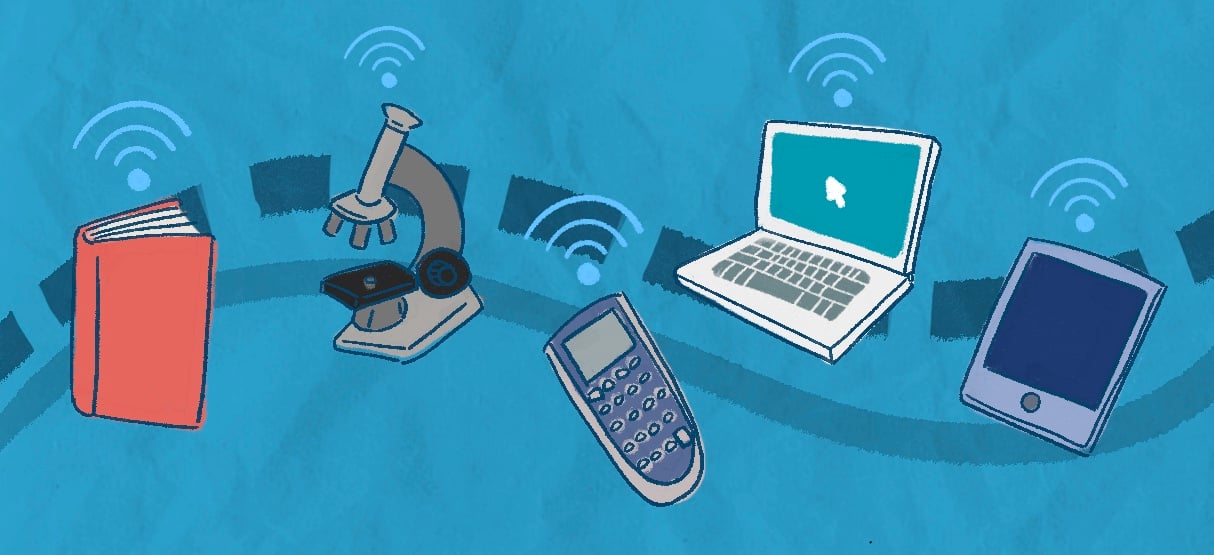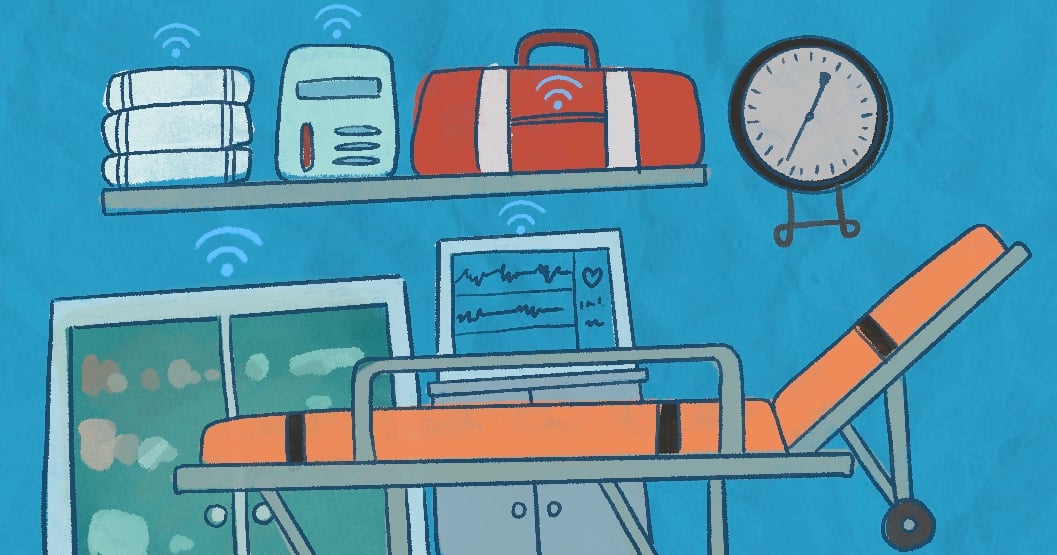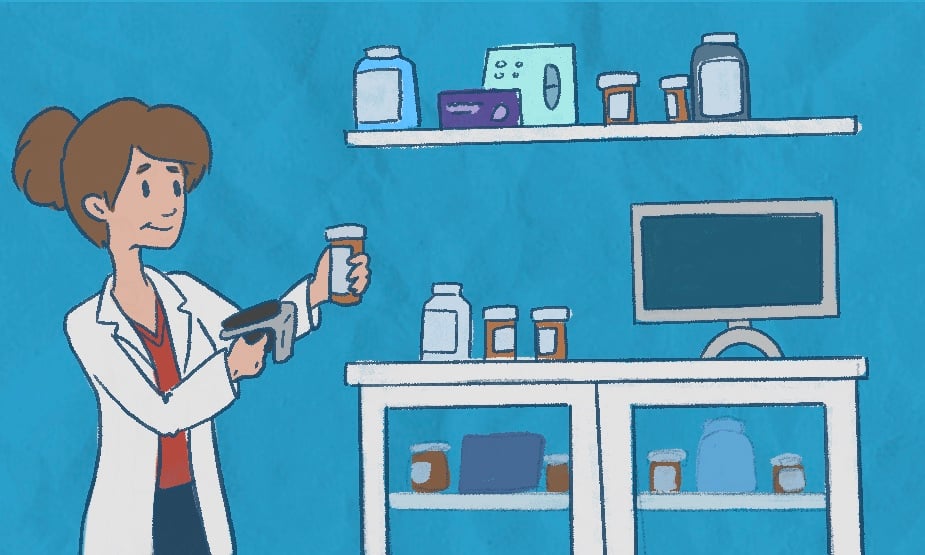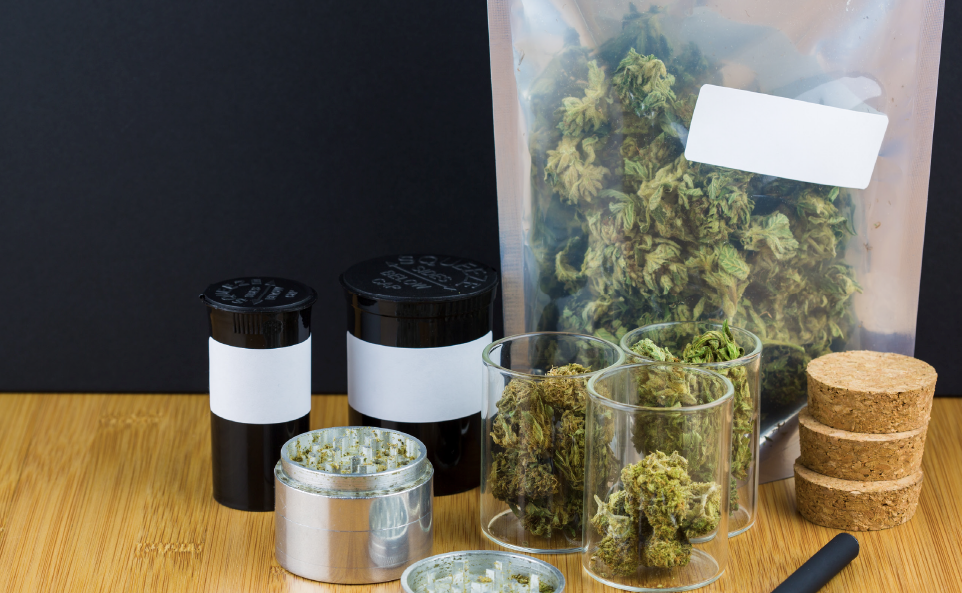Radio Frequency Identification is an inventory management and asset tracking technology most commonly found in retail and warehousing environments. But did you know that RFID pops up at the firehouse? What about cannabis cultivation facilities?
Read on to discover some not-so-common fits and use cases for RFID.
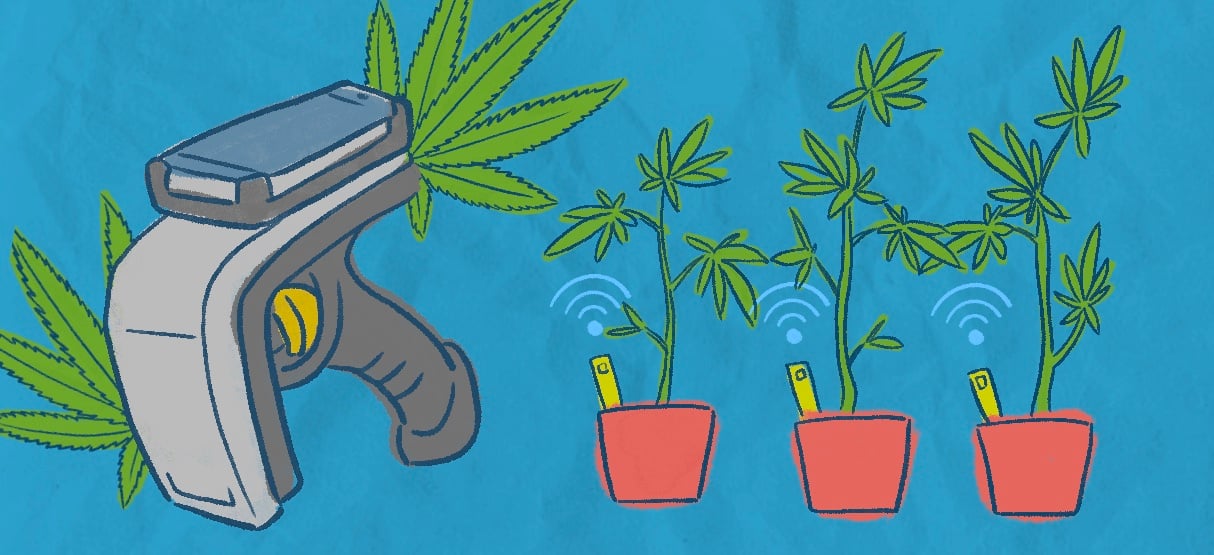
Industry:
Cannabis Cultivation
Use Case:
Plant Movement and Stage Tracking

Cannabis business growth is not slowing down as more states & countries legalize medical and/or recreational marijuana, but that enormous opportunity also comes with a lot of regulations, reporting requirements, and compliance concerns, especially at the cultivation and processing stage, where every individual cannabis plant and clipping must be tracked from seed-to-sale. In the U.S., different states and regions have different reporting agencies (like Metrc) with their own requirements. Like the food industry, these regulations help quickly respond to recalls, eliminate theft and black market movement, and, ultimately, lay the groundwork for the seemingly inevitable federal legalization. Non-compliance can be costly for a start-up, from fines to license suspensions and even revocations. Investigations are triggered by inventory mismatches, no-quantity sales, or missing data. Keeping up can be a complicated, time-consuming task for entrepreneurs that are passionate about their business, but not the minutiae.

RFID is a great tool to eliminate handwritten records, spreadsheets, and manual counts of products. It’s 8-10 times faster than barcodes (as Metrc themselves promote in their training materials), rarely misses a plant or package, and, when paired with the right software, can automatically upload info to reporting agencies. In addition to labor reduction and better compliance reporting, RFID can help growers easily collect valuable insights into their business like growth phases, location and movement, exception reports, and more at a glance. Depending on the size of the operation, both passive RFID (using a fixed or handheld reader to make regular counts and track movement) or active tags (self-powered with a continuous signal) can help cultivators maintain their crop at every point in the cycle.
Industry:
K-12 Education
Use Case:
Textbook and Laptop Tracking

Access to educational materials and technology is an ongoing issue in schools around the world, one that was amplified by the COVID-19 pandemic as students shifted from in-person learning to non-traditional instruction (NTI), a practice that is likely to carry on as needed but also requires that each student has access to textbooks and technology (like laptops or tablets) to work outside of the classroom. A 2004 California law, for example, holds school districts accountable for providing every student with their own textbook or instructional materials in core subjects. This places increased demand on potentially under-funded institutions to account for these materials, limit costly over- or under-stocks, and reduce time and labor resources to maintain the inventory.

RFID tagging reduces textbook inventory time from weeks to days and provides accurate counts when line-of-sight is no longer needed to read a storage room or boxes of tagged books. This prevents unnecessary purchases, identifies shortfalls against enrollments, and helps schools budget accordingly. Ideally, the inventory software used in conjunction with the tags can also help schools identify where books are located, easily replace them when new editions are adopted, and create a chain of accountability for campuses or teachers who may have hoarded materials in the past. Outside of textbooks, RFID helps schools keep track of high-value assets like technology, instructional equipment (A/V, smartboards), lab or cleaning supplies, office machinery, and more, both for tracking purposes and records of purchase, repair, warranty, and replacement.
Industry:
Fire & Rescue
Use Case:
Apparatus Readiness

Medical and emergency response equipment, supplies and tools are critical, but in fast-paced, high-pressure work like fire and EMS, they can get lost, misplaced, broken, or left un-replenished. This can leave crews short-handed on their next run, lead to expensive overnight replacement costs, and unfavorable departmental audits. From EpiPens and fire axes to cardiac monitors and generators, replacement costs can quickly add up to thousands of dollars just to restock one vehicle.

RFID tagging these supplies can make it easy for crews or support staff to quickly self-audit a vehicle to determine which supplies were used, any that might not have made it back into the vehicle, and any in need of replenishment immediately. This also allows technicians to quickly track down equipment for inspection or configuration and keep track of depreciation and replacement timelines.
Industry:
Healthcare / Assisted Living
Use Case:
Smart Medication Cabinets

Accurate medication administration is critical for healthcare organizations. While exact numbers are hard to come by, a not-insignificant number of patients die or experience additional medical hardships due to being given or prescribed incorrect medicines or dosages. There’s no acceptable risk here. Additionally, preventing drug theft or misuse from employees is valuable, as is ensuring that inventory is properly stocked and replenished for departments to have on hand as needed.

RFID has gained traction in healthcare, but mostly for asset or patient tracking and monitoring. Utilizing it for medication management can dramatically improve workflows and reduce potential liabilities from errors, theft, or stocking issues, but manual tagging every bottle, vial or case can be time-consuming. RFID resellers can help by providing quickly printed/encoded tags and the software to easily identify and track usage, locations and stock levels as part of routine counts. “Smart cabinets,” equipped with embedded RFID readers, can also be used to automatically identify any medicines that are removed and tie those transactions to whoever accessed the cabinet, creating a chain of accountability. Proper tracking can also help staff quickly find and remove medicines that have been recalled or are past expiration. As adoption rates rise, healthcare organizations can put more pressure on pharmaceutical companies to embed RFID during the manufacturing process as well.
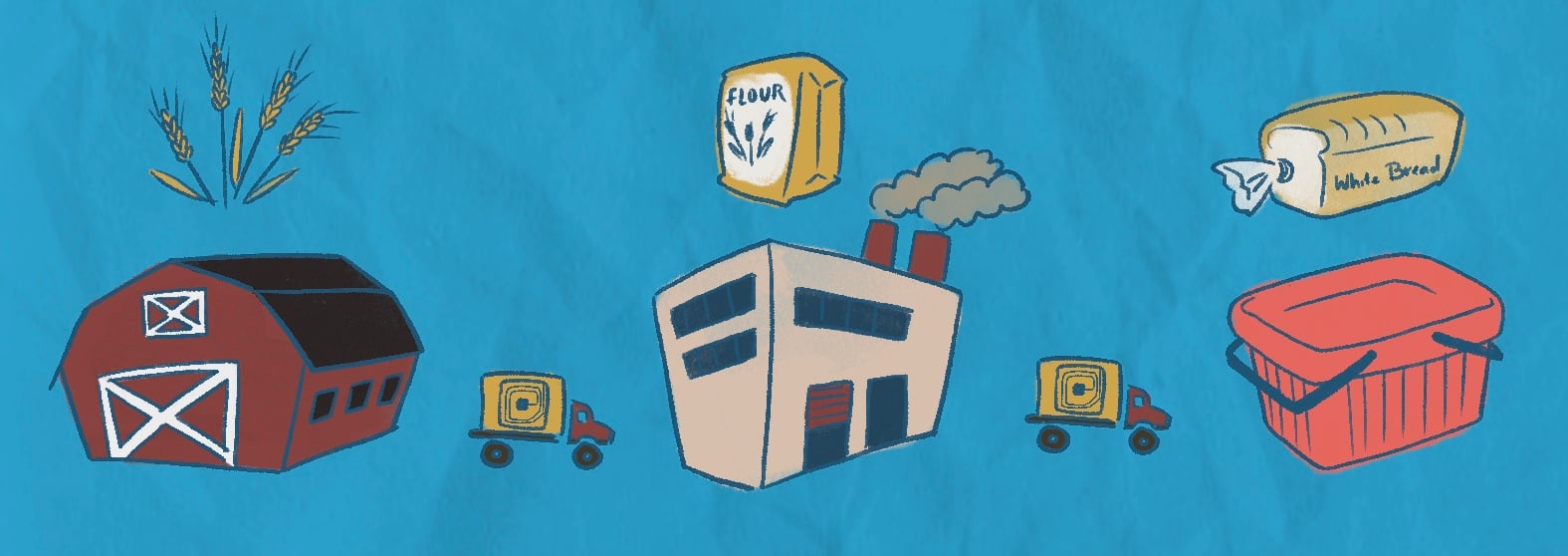
Industry:
Food Production & Manufacturing
Use Case:
Cold Chain Traceability

Over 20 million pounds of food were recalled in the U.S. in 2019 (per the FDA), most from extraneous materials (pieces of plastic or other contaminants) or undeclared allergens. These recalls are obviously quite expensive and can damage a food manufacturer's reputation with distributors, retailers, and consumers. Modern consumers are also savvier and more attentive than ever to what actually goes into the food they eat, where it’s sourced, and if it meets their dietary needs. That level of detail and the traceability required to prevent (or at least quickly react to and strategically implement) recalls is exponentially harder for operations still using basic inventory control practices like paper, spreadsheets, and even simple barcoding. Food manufacturers and distributors that rely on cold storage can struggle with keeping devices running well during lengthy exposures.

RFID’s capabilities for quicker reads and counts make it much easier to track and trace ingredients, ensure quality control, and increase plant floor visibility. Now, rather than scrap an entire product line nationwide or waste weeks tracing issues back to specific points in the supply chain, recalls can be pinpointed to specific batches or shipments and traced back to originating plants. This eliminates waste for unaffected products and holds repeat offenders in the production chain accountable. This transparency also satisfies consumers who demand farm-to-table insight into their food. Facilities struggling with labor shortages can reallocate time spent on lengthy manual or line-of-sight scanning counts to other tasks. RFID tags are often more durable than barcode labels, too, able to withstand environmental conditions necessary for some food storage and production, and can be read through dense food products stacked and packed in large boxes and pallets. RFID-based sensors can also provide environmental data and logging for temperature and humidity, perfect for cold chain operators who need to maintain the ideal conditions for products.

Industry:
Building & Construction
Use Case:
Tool and Rental Equipment Accountability

Construction sites operate on tight budgets and tight schedules but according to Accenture, only 30% of firms complete projects on budget and only 15% on time. While many factors can lead to such delays, a surprising amount of time is wasted tracking down, replacing, or repairing tools and equipment on job sites. Large sites may have an equipment or tool “depot” for workers to check out what they need each day, but only one or two people manning those stations can mean long lines (that’s lost time actually working), tools that “walk-off,” and items that aren’t returned. Logs are too often maintained on paper or spreadsheets with the equivalent of an honor system for ensuring that equipment is returned to the proper place and that any damage is reported or traced back to specific workers or teams. Consumables (like paint, concrete, nails, etc…) can be overused or wasted with little oversight. Inoperable heavy equipment can delay a project for days or weeks to repair or replace. Misplaced tools are replaced unnecessarily. Suddenly, the cost of a project either inflates for the builder, cutting into their margins or is passed on to the customers funding the project.

This may seem like a standard asset/inventory tracking scenario, but Modern Contractor Solutions estimates more than $1 billion in tools and consumables are lost each year. RFID can help hold employees accountable by creating a “chain of custody” to identify who frequently loses tools, wastes consumables, or consistently damages equipment. Tying RFID tagging to backend software eliminates human error and can use door readers to track any items that “walk-off” when the tool shed isn’t manned or too busy to track everyone’s movements. Firms can identify their highest priority equipment to track, maintain better logs for service and replacement, and deliver more accurate budget proposals for prospective projects.



